10 April 2025
When it comes to sports, most people focus on training, diet, and equipment. But one overlooked factor that can make or break an athlete’s performance—and health—is footwear. Whether you're a runner, a basketball player, or a gym enthusiast, the shoes you wear play a crucial role in keeping you injury-free.
In this article, we’ll break down why the right shoes matter, what happens when you wear the wrong ones, and how to choose the best footwear for your sport.
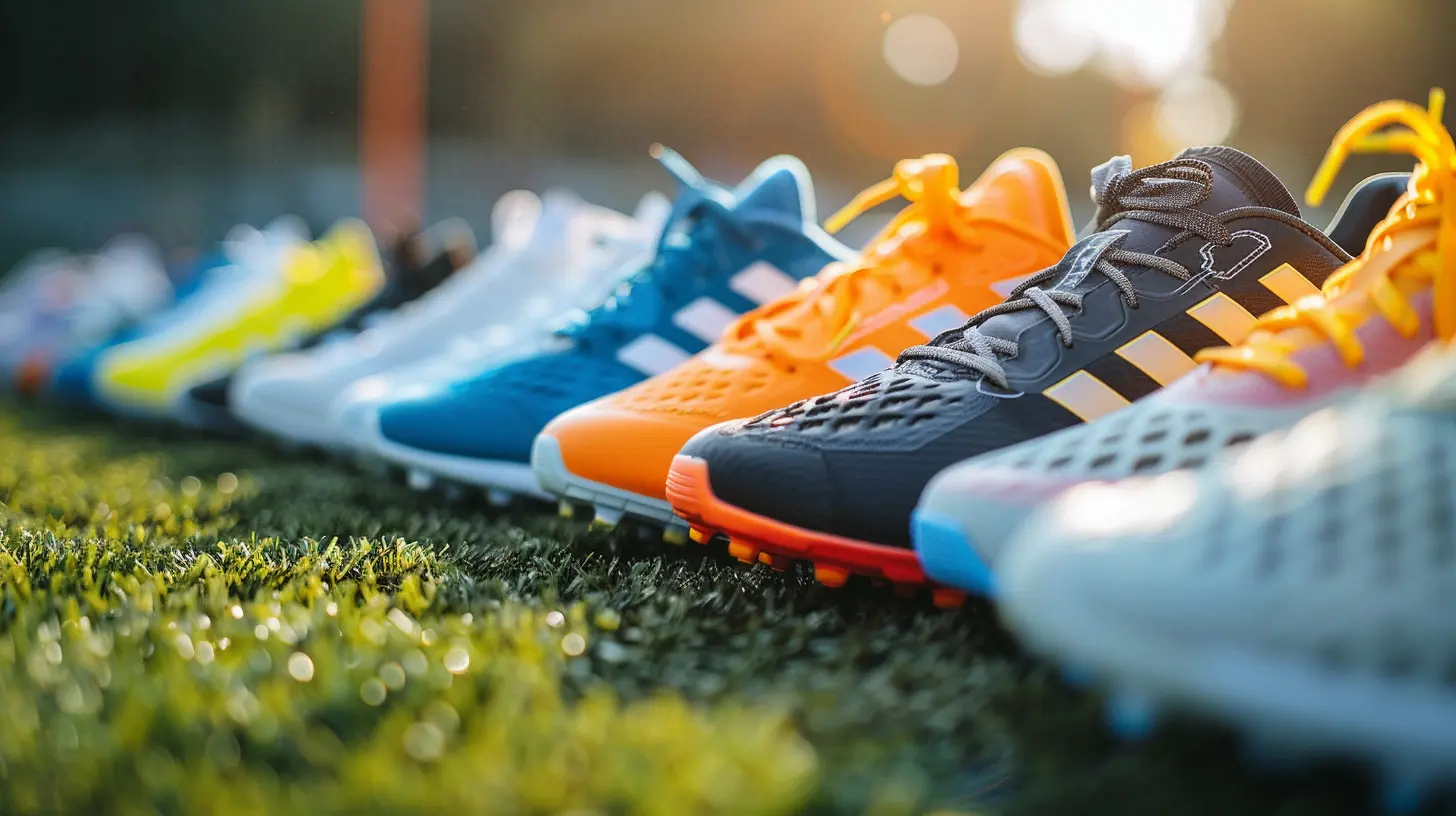
Why Proper Footwear Matters
Imagine going on a long road trip with a car that has bald tires. Sounds risky, right? That’s exactly what happens when you play sports in the wrong shoes! Your feet handle immense pressure, and without the right support, it’s only a matter of time before an injury strikes.Wearing the right athletic shoes helps with:
- Shock Absorption – Reducing the impact on your joints
- Overall Stability – Keeping your movements controlled
- Injury Prevention – Avoiding sprains, fractures, and long-term damage
- Enhanced Performance – Maximizing comfort and efficiency in movement
On the flip side, the wrong shoes can wreak havoc on your body.
The Dangers of Wearing the Wrong Shoes
You wouldn’t wear flip-flops to run a marathon, right? But even less extreme footwear mistakes can lead to severe problems.1. Increased Risk of Sprains and Strains
Shoes with poor arch support or cushioning put extra strain on your ankles and knees. This increases the likelihood of rolled ankles, ligament tears, or painful muscle strains.2. Long-Term Joint Damage
Your joints take a beating every time your foot hits the ground. Without proper shock absorption, the stress can lead to stress fractures, arthritis, or chronic knee and hip pain in the long run.3. Poor Posture and Balance
Shoes that lack proper grip or structure throw off your balance and posture, making every step riskier. You may not notice it right away, but over time, poor posture can lead to back pain and even spinal misalignment.4. Blisters, Calluses, and Foot Deformities
Ill-fitting shoes cause irritation, leading to blisters and calluses. Worse, they can contribute to serious conditions like bunions and hammer toes, which can be painful and may require surgery to fix.Clearly, wearing the wrong shoes isn’t just uncomfortable—it’s dangerous.
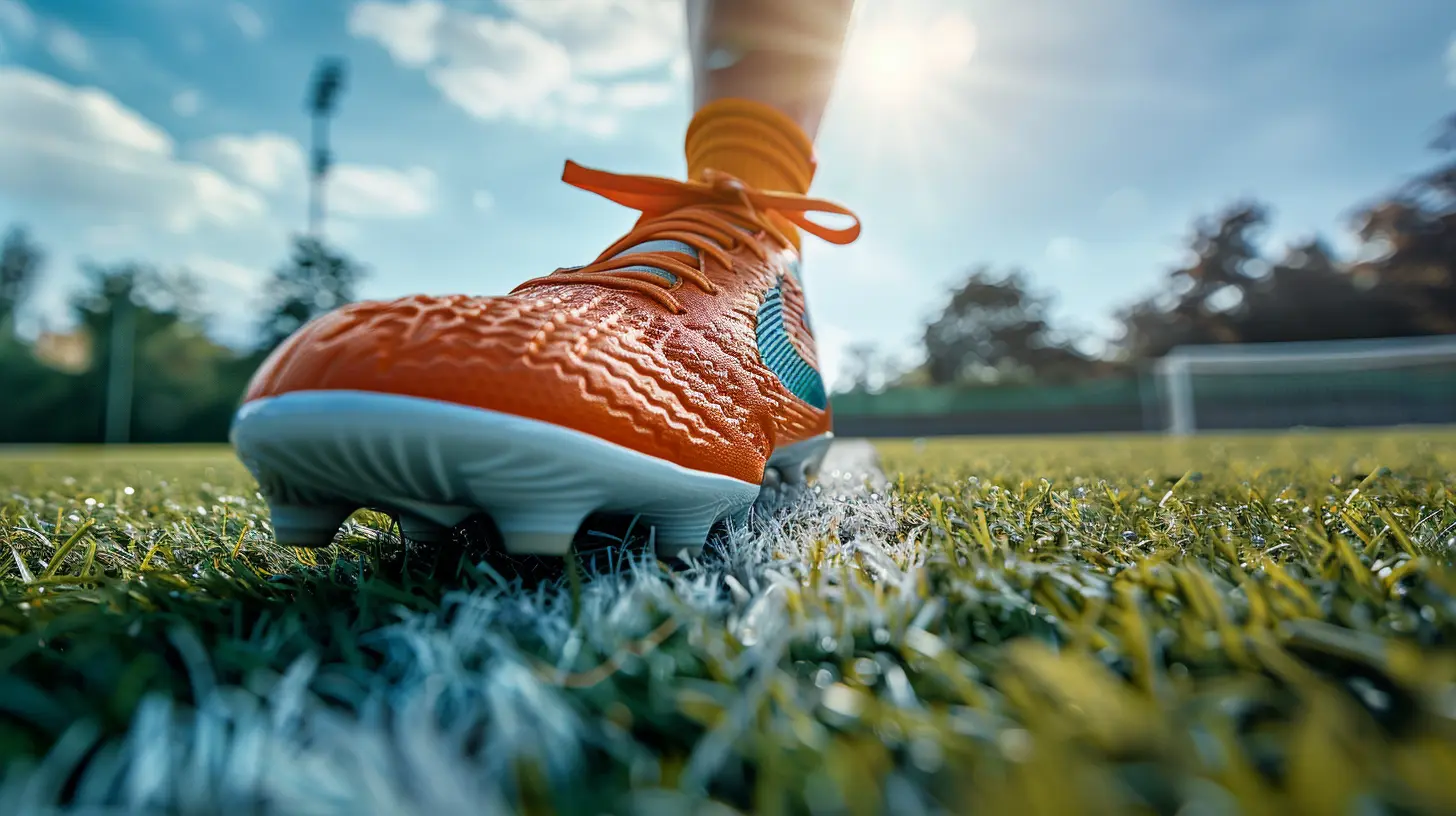
How the Right Shoes Prevent Injuries
The right footwear provides a solid foundation for movement. Here’s how:1. Proper Cushioning Absorbs Impact
Every time your foot lands, it absorbs force up to five times your body weight. Quality shoes with proper cushioning help distribute this pressure, reducing stress on your joints and muscles.2. Arch Support Prevents Foot Fatigue
Not all feet are created equal! Some people have flat feet, while others have high arches. A good sports shoe provides the right level of support to prevent strain and fatigue during high-impact activities.3. Enhanced Traction Reduces Slips and Falls
Sports shoes are designed with specialized outsoles to provide grip on different surfaces. Whether you’re running on pavement, playing on hardwood, or training on turf, the right shoes help prevent slipping and falling.4. Secure Fit Keeps Feet Stable
Shoes that fit properly lock your foot in place, preventing unnecessary movement inside the shoe. This reduces the risk of blisters, sprains, and painful pressure points.5. Sport-Specific Design Supports Movement
Different sports demand different types of movements. That’s why running shoes, basketball sneakers, and soccer cleats are all designed differently. A runner needs forward motion support, while a basketball player needs lateral movement stability. Choosing the right design ensures better performance and protection.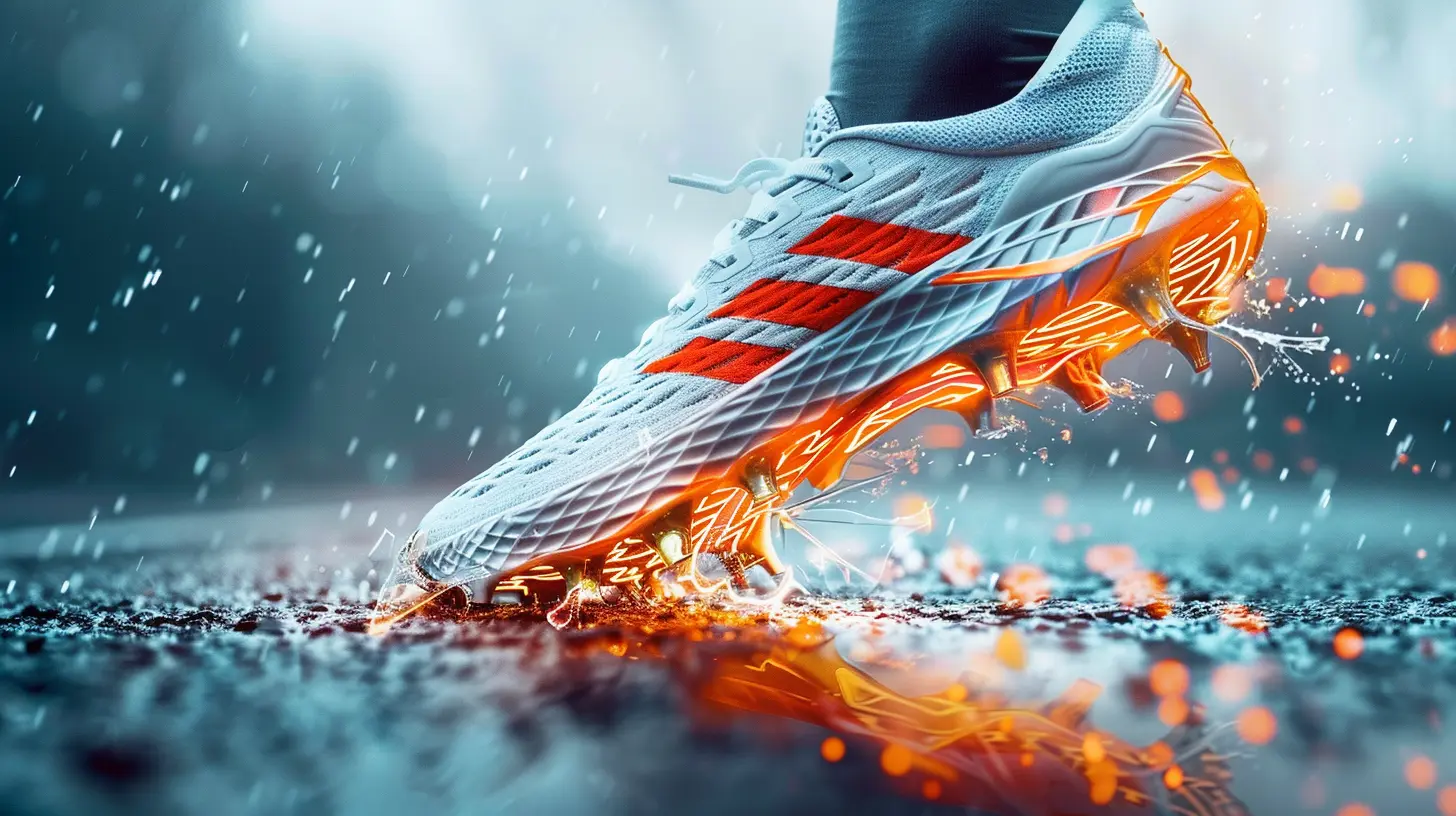
How to Choose the Right Sports Shoes
Now that you know how important footwear is, how do you find the perfect pair? Here are a few simple steps to follow:1. Understand Your Foot Type
Before buying any sports shoe, determine your arch type. Try the wet foot test:1. Wet your foot and stand on a piece of paper.
2. Look at the shape of the imprint.
- A full footprint = flat feet (need stability shoes).
- A thin, curved footprint = high arches (need cushioned shoes).
- A moderate imprint = neutral arches (can use normal support shoes).
2. Pick the Right Shoe for Your Sport
Each sport places different demands on your feet. Here’s a quick guide:- Running: Lightweight with extra cushioning & shock absorption
- Basketball: High-top for ankle support & cushioned soles
- Soccer: Firm cleats for traction & lateral movement support
- Tennis: Flexible soles & side support for quick movements
- Gym Training: Flat soles for stability during weightlifting
Wearing the wrong shoe type can not only reduce your performance but also increase injury risk.
3. Ensure a Proper Fit
When trying on shoes:- Wear the socks you plan to use for sports.
- Make sure you have a finger's width of space between your longest toe and the shoe's tip.
- Walk, jog, or jump a little to test overall comfort and stability.
4. Replace Shoes Regularly
Even the best shoes wear out over time. As a general rule:- Running shoes: Replace every 300-500 miles.
- Sports-specific shoes: Replace every 6-12 months, depending on use.
- If the soles are worn down or you feel discomfort, it's time for a new pair.
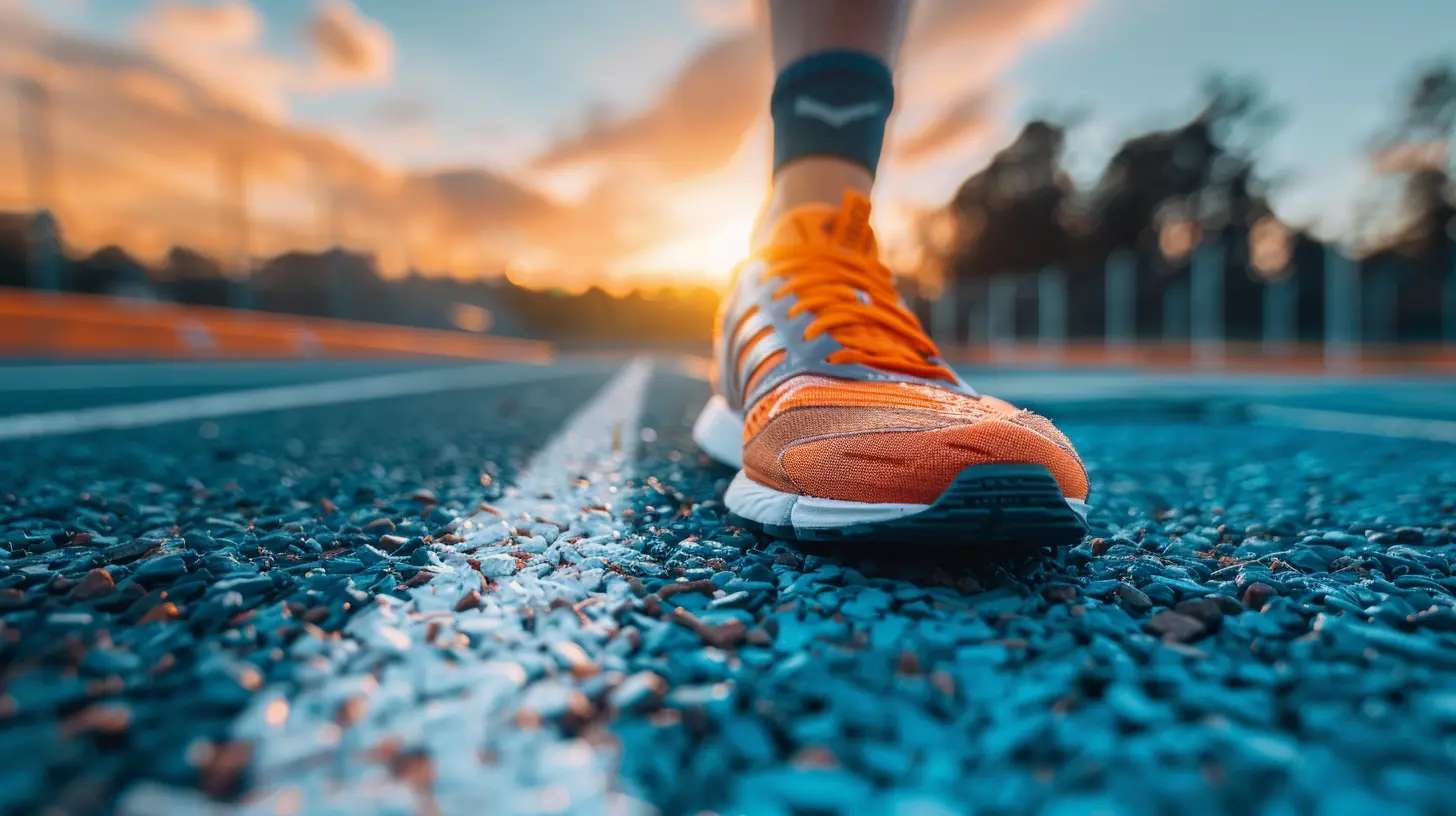
Common Myths About Sports Footwear
Let’s bust some myths that might be affecting your shoe choices!Myth #1: “Expensive Shoes Are Always Better”
Price doesn’t always guarantee quality. Good shoes fit well and support your feet, regardless of their cost.Myth #2: “Wearing Any Sneakers is Fine for Sports”
Regular sneakers lack the support and cushioning needed for high-impact activities. Always choose sport-specific shoes.Myth #3: “Once You Break in Shoes, They’ll Fit Perfectly”
If a shoe doesn’t feel right from the start, it’s probably not the right fit. A good sports shoe should feel comfortable immediately.Final Thoughts
Your feet are the foundation of every movement you make in sports. Wearing proper footwear isn’t just about comfort—it’s about preventing injuries, improving performance, and protecting your future mobility.So, if you’ve been ignoring your shoes, it’s time to reassess. Invest in a proper pair of sports shoes and give your feet the care they deserve. After all, a strong foundation leads to a stronger, injury-free athletic journey!




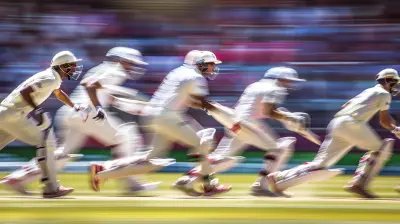

Zeth McElroy
Who knew? All this time, I thought the secret to avoiding sports injuries was just a good luck charm and a motivational pep talk. But apparently, shoes matter too—mind blown!
April 16, 2025 at 6:48 PM